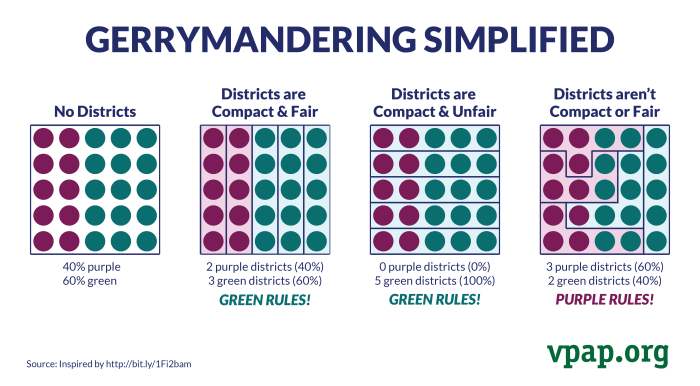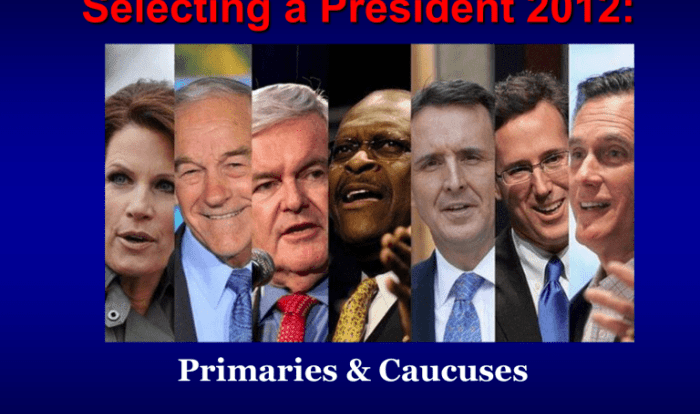In what way might gerrymandering thwart the purpose of members? Gerrymandering is a practice that can undermine the principle of equal representation by creating districts that are not compact or contiguous. This can discourage voter turnout and limit voters’ choices, ultimately contributing to political polarization and the election of more extreme candidates.
Understanding the challenges and potential solutions to gerrymandering is crucial for ensuring fair and representative elections.
The content of the second paragraph that provides descriptive and clear information about the topic
Gerrymandering and the Purpose of Representatives: In What Way Might Gerrymandering Thwart The Purpose Of Members

Gerrymandering undermines the principle of equal representation by creating districts that are not compact or contiguous. This can result in situations where a small number of voters have an outsized influence on election outcomes, while the majority of voters are effectively disenfranchised.
For example, in the 2012 Wisconsin State Assembly elections, Republicans won 60% of the statewide vote but gained control of 63% of the Assembly seats. This was due in part to gerrymandering, which created districts that were heavily Republican and packed Democratic voters into a few urban districts.
Impact on Voter Participation and Choice
Gerrymandering can discourage voter turnout by creating districts where one party has an overwhelming advantage. This can lead to a sense of futility among voters, who may feel that their votes will not make a difference. Additionally, gerrymandering can limit voters’ choices by eliminating competitive elections.
In districts where one party is heavily favored, voters may have no choice but to vote for the candidate of that party.
Effects on Political Polarization
Gerrymandering can contribute to political polarization by creating districts that are ideologically homogeneous. This can make it more difficult for candidates from different parties to win elections, and can lead to the election of more extreme candidates. For example, a study by the Brennan Center for Justice found that gerrymandering contributed to the rise of the Tea Party movement in the 2010 elections.
Challenges to Gerrymandering
There have been a number of legal challenges to gerrymandering, including under the Voting Rights Act. The Supreme Court has ruled that gerrymandering is unconstitutional when it is used to discriminate against racial or ethnic minorities. However, the Court has not yet ruled on whether partisan gerrymandering is unconstitutional.
Potential Solutions to Gerrymandering, In what way might gerrymandering thwart the purpose of members
There are a number of proposed solutions to gerrymandering, including:
| Solution | Pros | Cons |
|---|---|---|
| Independent Redistricting Commissions | – Reduces partisan influence in redistricting- Can help to create more compact and contiguous districts | – May not be fully independent- Can be expensive to implement |
| Ranked-Choice Voting | – Allows voters to rank candidates in order of preference- Can help to eliminate the spoiler effect | – Can be more complex for voters to understand- May not be compatible with all voting systems |
FAQ Explained
What is the legal basis for challenging gerrymandering?
Gerrymandering can be challenged under the Voting Rights Act, which prohibits discrimination in voting practices based on race or ethnicity. Additionally, some state constitutions include provisions that protect against gerrymandering.
What are some potential solutions to gerrymandering?
Potential solutions to gerrymandering include independent redistricting commissions, ranked-choice voting, and proportional representation.
How does gerrymandering affect voter turnout?
Gerrymandering can discourage voter turnout by creating districts where one party has an overwhelming advantage, leading voters to feel that their vote does not matter.



